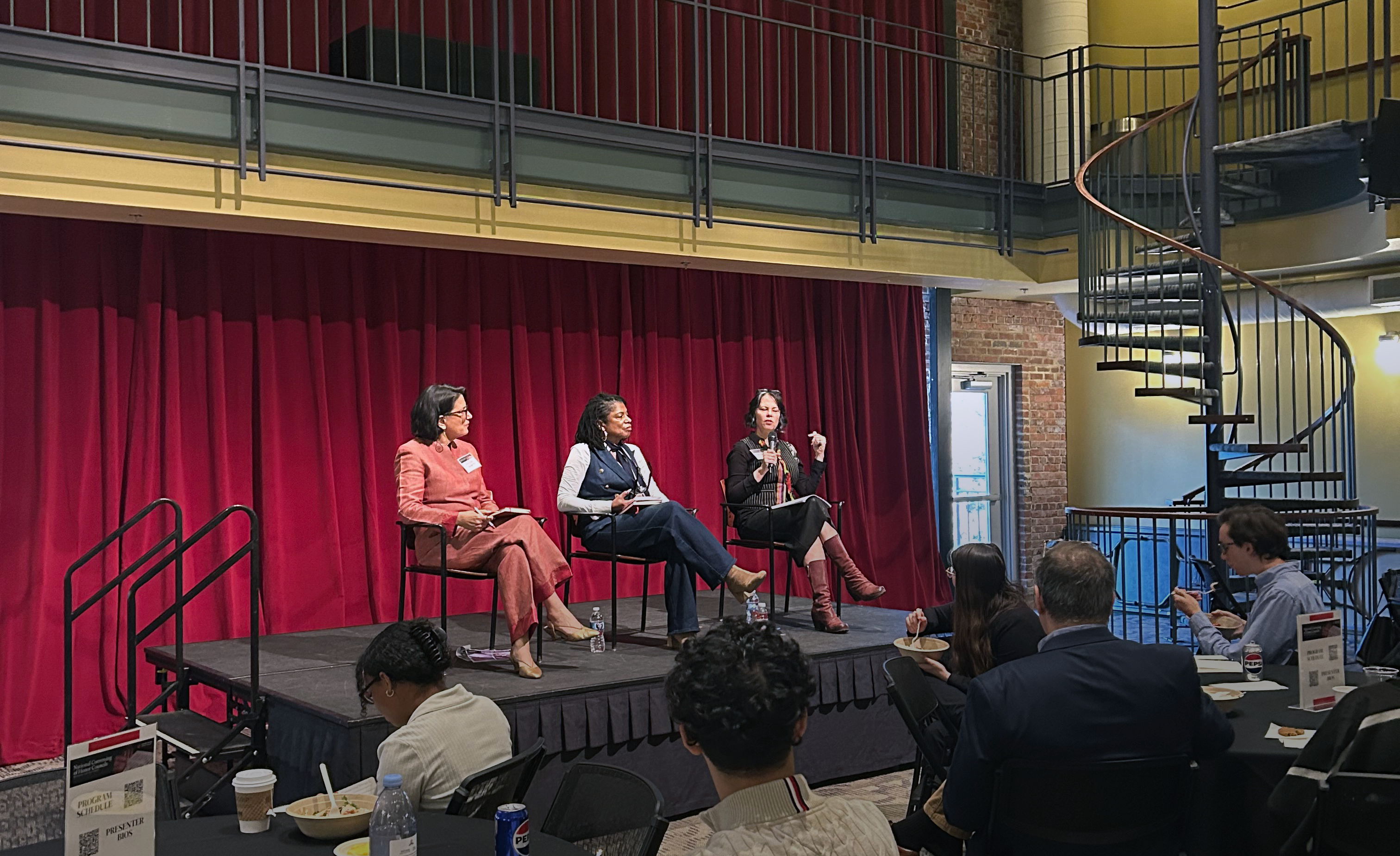College Archivist and Historian Craft Testimony of Many Voices into New Town History
April 23, 2012
Spring 2012 has become a time of commemoration in Davidson. The college staged a Terquasquicentennial celebration in March to mark its 175 years of teaching and learning. Now, just on its heels, college archivist Jan Blodgett and Vail Professor of History Ralph Levering have published the book One Town, Many Voices: A History of Davidson North Carolina. The book covers the evolution of both town and college from just prior to the college's founding in 1837 to the modern day.
Blodgett conceived of the book 15 years ago while attending a meeting of Common Ground, a local interracial effort to build a strong, diverse Davidson community. Blodgett recalled, "A local African American minister brought it to my attention that there were no history books that included the town's African American community."
Blodgett also realized that the most current history of the college was more than 30 years old -- Mary Beaty's 1979 book Davidson: A History of the Town from 1835 until 1937. That book focused on construction of buildings, houses and organizations.
"Mary Beaty's book was very good for what it was," said Blodgett. "But it leaves out an important influence that shapes the town -- its people -- particularly mill families, African Americans and women."
Blodgett recognized that, as archivist, she was in a position to provide an updated, more comprehensive record that focused on citizens. She was delighted to find valuable sources of historical information in the college's archives. Though there is no record of a continuous town newspaper until the 1940's, a college publication from 1886 to 1940 included a regular column about town news that reported fun, interesting facts like new businesses, names of young townswomen going away to college, and which college students were home visiting.
Blodgett visited the National Presbyterian Church Office in Philadelphia to research Davidson's "black" Presbyterian church. She explained, "After the Civil War, black churches and white churches split. The black churches' records stayed in the North, and were not kept in the South again till the 1980's."
She also visited the archives of Johnson C. Smith University and Barber-Scotia College, predominantly African American institutions that revealed records of Davidson town members who attended them. Blodgett did research in the Dun and Bradstreet Historical Collections at Harvard University. Her research also led her to attend church services, sing with gospel choirs and attend meetings of various town organizations.
Levering joined the project in 2006, and agreed to write the section covering the 1940's to the present. He conducted much of his research in the Davidson College archives because most town records were kept at the college after 1940.
Blodgett said, "Ralph's greatest challenge was weeding through tons of information and narrowing it down. Mine was piecing together stories where there wasn't much information available."
Levering said his favorite aspect of the research was conducting interviews. "One notable interviewee was Doodle Brown," he recalled. "He grew up in a diverse, working-class section in the 1950's. Kids in his neighborhood picked fights with one another and played pranks, and it didn't matter whether you were white or black. Every family knew every other family's business. It was a very small town."
"One of Doodle's fondest memories is of oiling the railroad tracks with some of his buddies so that when the train stopped in Davidson its wheels got so slick that it couldn't start up again."
Levering conducted more than 50 interviews, and Blodgett conducted about 20. Together they worked to gain a better perspective of the diverse individuals who have comprised the Town of Davidson, past and present.
"I think it may surprise people how rural Davidson was until very recently," commented Levering. "Until recently the town was pretty poor and was comprised of four main groups -- faculty and students of the college, people who worked in local businesses, mill workers, and members of the African American community. Davidson's evolution into an affluent suburb of Charlotte is a new thing."
The authors committed to writing One Town Many Voices out of their heartfelt love and respect for the town. "We wanted to give the Town of Davidson the gift of itself," said Blodgett, "because it's clearly an amazing place to so many people."
Levering arrived in Davidson in 1986, and he and his wife Patty have raised two children here. Blodgett and her husband, Clarence Fox, have been town citizens since 1994.
The Davidson Historical Society, a group of Davidson citizens committed to an understanding and appreciation of the town, raised more than $25,000 from dozens of community members and Wells Fargo to publish the books. All proceeds from sales will go to the Historical Society.



